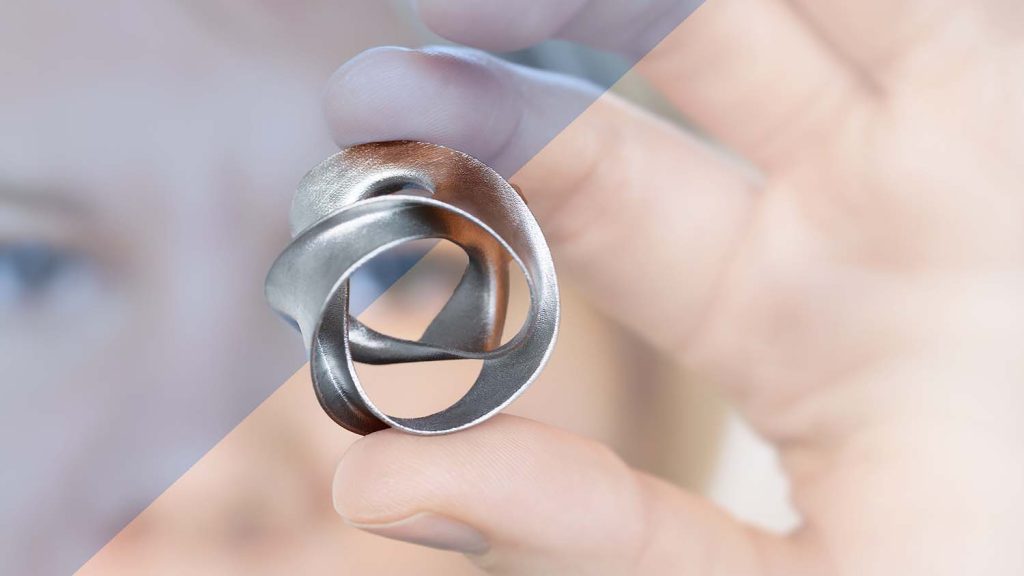The acquisition by Markforged of Digital Metal and its binder-jetting 3D printing technology Höganäs AB, as the company looks to further expand its technology gamut, and the 3D printing landscape continues its period of consolidation.
Markforged suggests that Digital Metal furthers its strategy to solve manufacturing challenges for industrial customers ‘at the point of need’, with the binder jetting technology capable of producing ‘high volumes’ of functional metal parts with ‘minimal setup required’.
Founded in 2003, Digital Metal is a wholly-owned subsidiary of metal powders giant Höganäs AB, which has been more or less kept as an in-house service technology.
Its proprietary binder jetting 3D printing technology has already been used to produce hundreds of thousands of parts, from which Markforged says it has seen significant opportunities to further accelerate Digital Metal adoption through integrated software capabilities and a global go-to-market engine.
“With the Digital Metal acquisition, Markforged is advancing our vision for distributed manufacturing by enabling the reliable, high volume production of precise metal parts at the point of need. Infusing Digital Metal’s solution into The Digital Forge platform allows us to address new applications in the medical, automotive, luxury goods and other industries,” said Markforged CEO Shai Terem.
“The Digital Metal team has created a robust and scalable solution that complements our existing technologies. I look forward to welcoming their talented people to Markforged.”
As part of the transaction, Markforged will pay Höganäs approximately $32 million in cash, approximately 4.1 million shares of Markforged common stock and approximately $1.5 million in cash to settle certain intercompany balances, subject to certain adjustments. The acquisition of Digital Metal is expected to close during the third quarter of 2022.
Earlier this year, Markforged expanded its software portfolio with the acquisition of Teton Simulation and its SmartSlice technology for automating the validation and optimisation of part performance for 3D printing.






